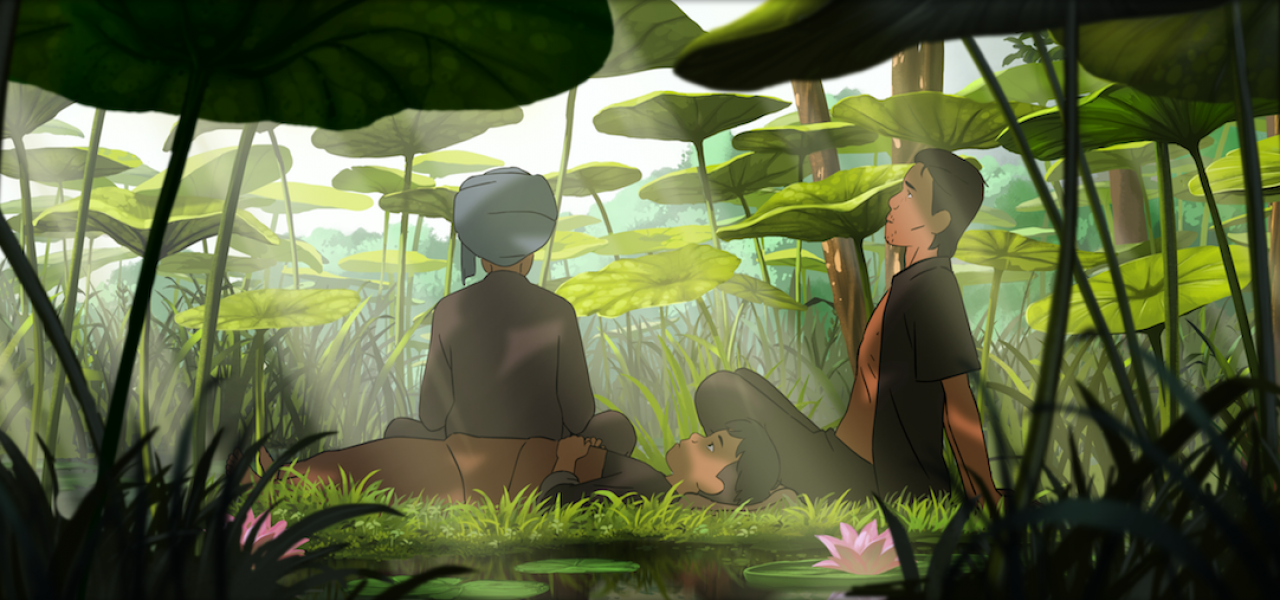
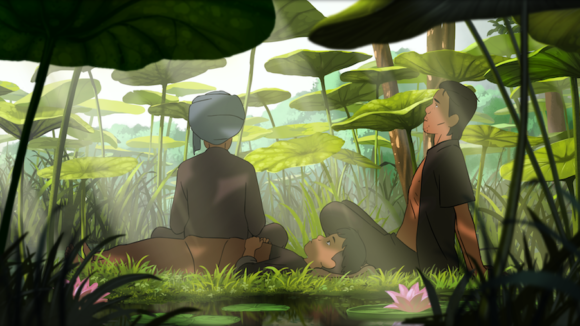
INTERVIEW: Denis Do On the Deliberate Lack of Action In ‘Funan’ And Making Part Of The Film In Cambodia
Without any previous experience directing short films, French artist Denis Do ventured directly from his job as a layout artist into making his first animated feature as a director, Funan. That film is a heartfelt and fearless drama set in 1975 Cambodia as the totalitarian regime of the Khmer Rouge took control of the country.
Do channeled his mother’s first-hand accounts from the time in a digitally hand-drawn production that’s as breathtakingly beautiful in terms of artistry, as it’s haunting given its content. Animation allowed the artist to engage with such difficult material in a more delicate manner. Funan won the Feature Film Cristal at Annecy in 2018, as well as both the jury’s grand prize and the audience award at the Animation Is Film Festival last October in Los Angeles.
Speaking with Cartoon Brew from Paris, Do explained the deliberate stillness in many of the film’s frames, the cultural challenges of working with a variety of studios across multiple territories, and fulfilling his desire of having part of the production take place in Cambodia.
Cartoon Brew: In retrospect, what was the biggest challenge of making an animated feature without having made any shorts as a director beforehand, and how did you tackle such a daunting task without previous practical knowledge of what it entailed from the director’s standpoint?
Denis Do: I was very careful in terms of the productions steps, because I was aware of our budget. We didn’t have enough money to do everything we wanted. Based on that, I needed to put the strong qualities of animation into play, in order to work with the weakest points of this medium. For example, I decided I didn’t want to tell the story only through action, and so that’s why inside the film itself, there are so many shots without characters or action. There are shots completely without movement. In animation we have still pictures or we can show action, but pictures can tell a lot on their own. That’s why the film was really based on non-action and how the character can express everything with facial expressions.
I did the storyboard by myself. It was really important for me to do the staging of the film by myself. I did it also according to the budget, so that’s why the film is not really emphasizing action. The staging is very sober, and the animatic was quite precise. I didn’t add the lip sync at this stage because I didn’t receive the voice of the actors during this starting point. Everything came after, when the production of the animation was ready to start. I told all the animators who were involved in the film they had to be aware that they might feel bored working on the film, because there aren’t any shots in the film they could easily put inside their show reels in order to impress people in terms of animation skill. I told them that what was most important was the narrative of the film in its entire length. They knew there wouldn’t be any impressive action shots.
Since the animatic was quite precise, I didn’t allow any of the animators to change anything. They needed to respect [the animatic] up to the last blink I put in, so the constraints were very heavy. I’m quite aware that maybe some animators might have felt very frustrated working on the film, but the purpose of that was that I wanted the film to have these qualities throughout its entire length. The animators could only improve what I’d done. They couldn’t add action, change the action, or change the acting of the characters. The reason is simple; it was because we were split between six studios in four countries. And so I was aware that the artists wouldn’t have the same culture of animation, of drawing, and also of production, so the animatic was the base they had to work from. The animatic was the tool for me to drive all the animators to work at the same level.
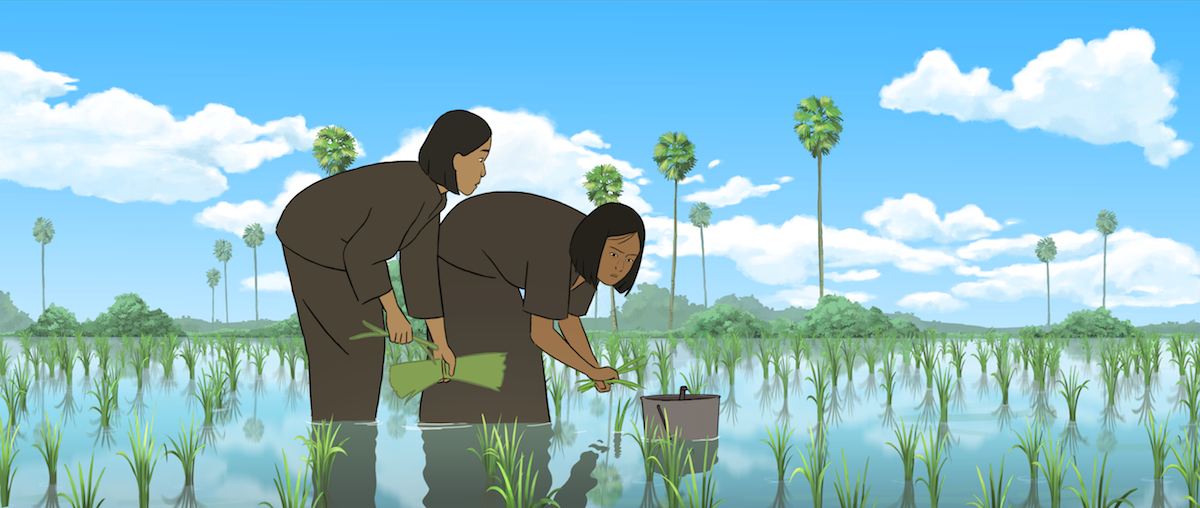
Can you discuss the motion or the lack of motion in the film further? Was the decision mostly driven by practicality or were there any philosophical notions about the story that aligned with this aesthetic choice? And did you worry about how the audience would perceive the pacing and visual language of the film?
Denis Do: In order to improve the storytelling of a story, there are many aspects we can focus on. The film follows the idea of contrast. In order to emphasize action; we need the lack of action. And to be honest with you, of course, I made the choice very early on to avoid action because of the budget. The budget was one of the weakest points of the film. The target was to turn this weak point into a strong point. For that, I needed to use the non-action to tell the story.
I was completely aware that the eyes of the audience would accept that because after a few minutes watching the film, you are inside the film and you accept the way the story is being told to you. We can compare it live action. For example, in live action, when the camera doesn’t move, how can we tell the difference between a shot and a still picture of the shot? We can because the picture of the shot doesn’t move. Nothing moves inside a still picture, but in the shots we can feel that something happened. Time is passing by in the shot because there is always movement, even if they are discreet and almost invisible movements. We cannot notice it, but our brain can feel it.
In animation it’s not like that. It’s the opposite. For example, in Funan I put a wide landscape without any action, without birds, without any wind, but we can still feel that time is passing even for this picture. Sound also brings a lot to that moment. The audience starts to accept that this is not a still picture. It looks like a still picture, but something’s happening inside. If your storytelling uses a lot of action, you have to keep that way all along the film. But if you start with non-action and discrete movements, you can drive the film with that along also because you are showing the identity, the DNA of the narration of your film.
This is what I want to explore. I’m trying to tell a story without using too much action. And according to the spirit of the history of Cambodia, this approach was completely logical because there is no freedom in an authoritarian regime. You’re not free to move, to speak, to express too much. In the film everything is restrained also to reflect that.
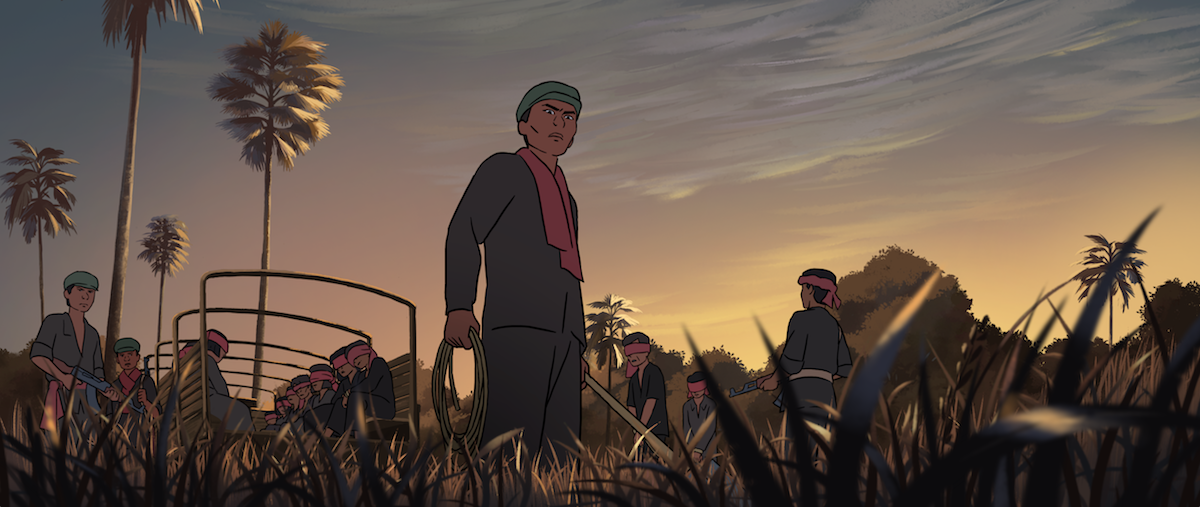
Why were you adamant about drawing the storyboard all by yourself? Is creating the storyboard a direct part of your writing process?
Denis Do: Because I consider the storyboarding as another part of the screenplay. The screenplay is only words, so there are many ways to interpret the words through pictures. I worked on the screenplay with a co-writer, her name is Magali Pouzol, and in every step of the screenwriting process I had pictures in my mind. So when the screenplay was done, I just drew the pictures the way I interpreted the text. According to our production plan this was also much easier because sometimes it could take a long time to even start the pre-production if you are waiting for funding. I needed to go forward, so I didn’t wait for any funds. I did the storyboarding by myself in the evenings and during weekends. I didn’t have the time and the patience to wait for funding and to hire other artists.
Also, through storyboarding I was able to see the film I wanted, so it was natural for me to do it by myself. And I knew that this storyboard would be the key for all further steps of the production. I will repeat this process in future productions. I’m really attached to the idea that a director is an author. Even if there are mistakes — I can see some mistakes when I watch the film today — those mistakes an author makes during the production are also a part of the signature of a film, and this is really important to me.
Can you describe in detail what was the difficulty aspect of splitting production between a handful of studios in four countries?
Denis Do: The main problem was the different culture between all the artists. For example, in France we have a kind of status for the animation artists, and this status is called intermittent du spectacle. It provides the artist some space, some safety when they finish one production, and are in the process of finding another job. In France we’re used to change, to work in many productions, to change from one studio to another, to move from a city to another. It’s quite interesting, and it’s really important for an artist to evolve. The situation is quite suitable for that.
It’s much more different, for example, in Luxembourg. In Luxembourg, people most of the time have a permanent job, and in terms of artistic culture, it’s quite different. I can also talk about Cambodia. Cambodia is an extreme example; compared to France, before this movie there was no animation industry at all. So there wasn’t any kind of culture at that time; we needed to build a kind of training for six months, and the studio in Cambodia was in charge of that. Of course, obviously, it’s not enough to be trained for six months to work in animation.
For example, the people I know in France who work in animation started very young. I started to draw when I was two years old. In Cambodia, they only had six months, but it was enough for them to handle all the jobs we asked them to do. In terms of production management, it was a bit complicated because according to the budget, I didn’t have enough money to hire a production manager, so I needed to think about everything by myself.
Some tools were very useful for that, such as Google Sheets or Google Docs, and I had huge sheets. I was always connected to these documents. I call it the director’s sheet. Through it, I managed all the departments, all the shots — I was able to follow everything everywhere. Supervisors were also really helpful. They were the only ones who had access to my sheets. So they would share everything every day. All the new shots they had were uploaded to Youtube for me to see. They included a link to those shots on my sheet, so I was able to check everything everyday.
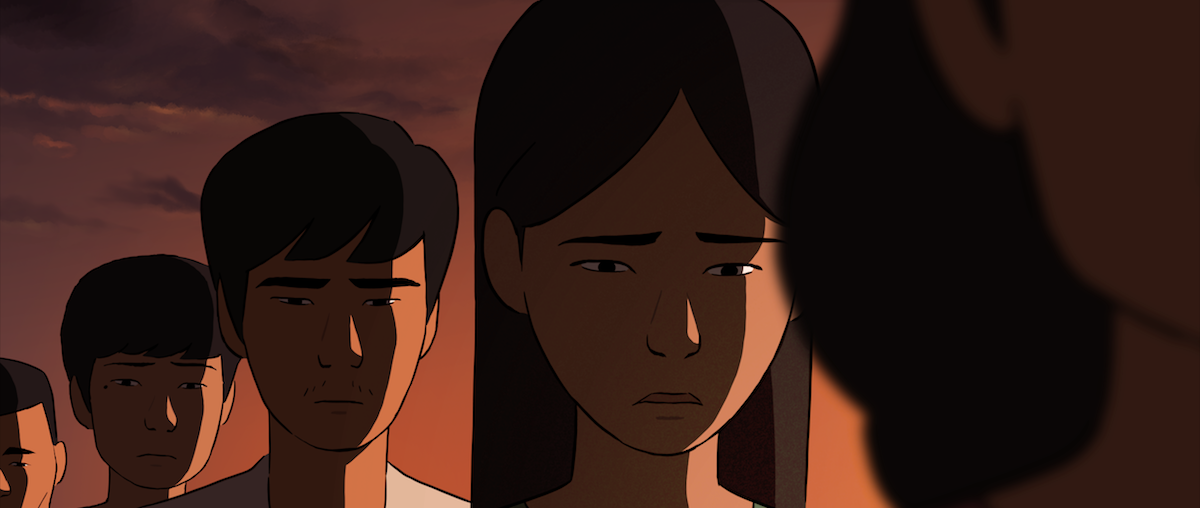
Did you push to have part of Funan be animated in Cambodia? If you did think about it as a mandate of the film, what were the complications of creating animation in Cambodia, a country that, as you said, is only at the beginning of launching an animation industry?
Denis Do: Since the beginning it was really important to me, but I felt so frustrated because there was no animation industry at that time in Cambodia — and even today, everything is still just being born. So I was not able to see all the aspects about setting up training or working with a Cambodian studio as I didn’t know that there wasn’t any kind of studio there. I was in touch with an association that helps Cambodian people and taught them animation, but the level was really low.
For a while I was a bit desperate, but I was a bit pragmatic also. I was ready to give up the idea of working with Cambodia, but I took a trip to Hong Kong because my wife worked there before, and I just had a call with a friend, a former classmate, named Patrick Pujalte. He studied in Gobelins the same year as me, and then he went to Shanghai to work for what at that time was called Oriental Dreamworks. By now he had left everything behind to go to Cambodia because he wanted to live there, and he introduced me to a studio called the Ithinkasia. I was really surprised and we decided very quickly to work with them because the CEO, Justin Stewart, was able to find funds in Cambodia, which is definitely extraordinary.
The other reason why we decided that we may not be able to work with Cambodia was that we didn’t have enough money, but Stewart was able to find funds and to set up training for six months. He hired Patrick and all the team for half a year in order to get the Cambodian team involved in the project. I was really happy because even if this film is based on the testimonies of my mom, it’s also the story of every Cambodian.
Were you able to spend time at the Iithinkasia’s studio in Cambodia? What was that experience like in comparison to what you are used to in Europe?
Denis Do: I only had the chance to be there for two weeks, and it was during their involvement on the film. Everything was, of course, a wonderful. I’ve met so many young and dynamic people who were very involved. They have big expectations and dreams. I hope that maybe on future projects to bring them on to have another adventure with them. It was really touching for me because I was born in France and through this project I was able to connect with young artists in Cambodia. That’s really meaningful for me.
GKIDS opened Funan in New York on June 7. The film opens in Los Angeles today, June 14, followed by a platform release across the U.S. For tickets, go here.
